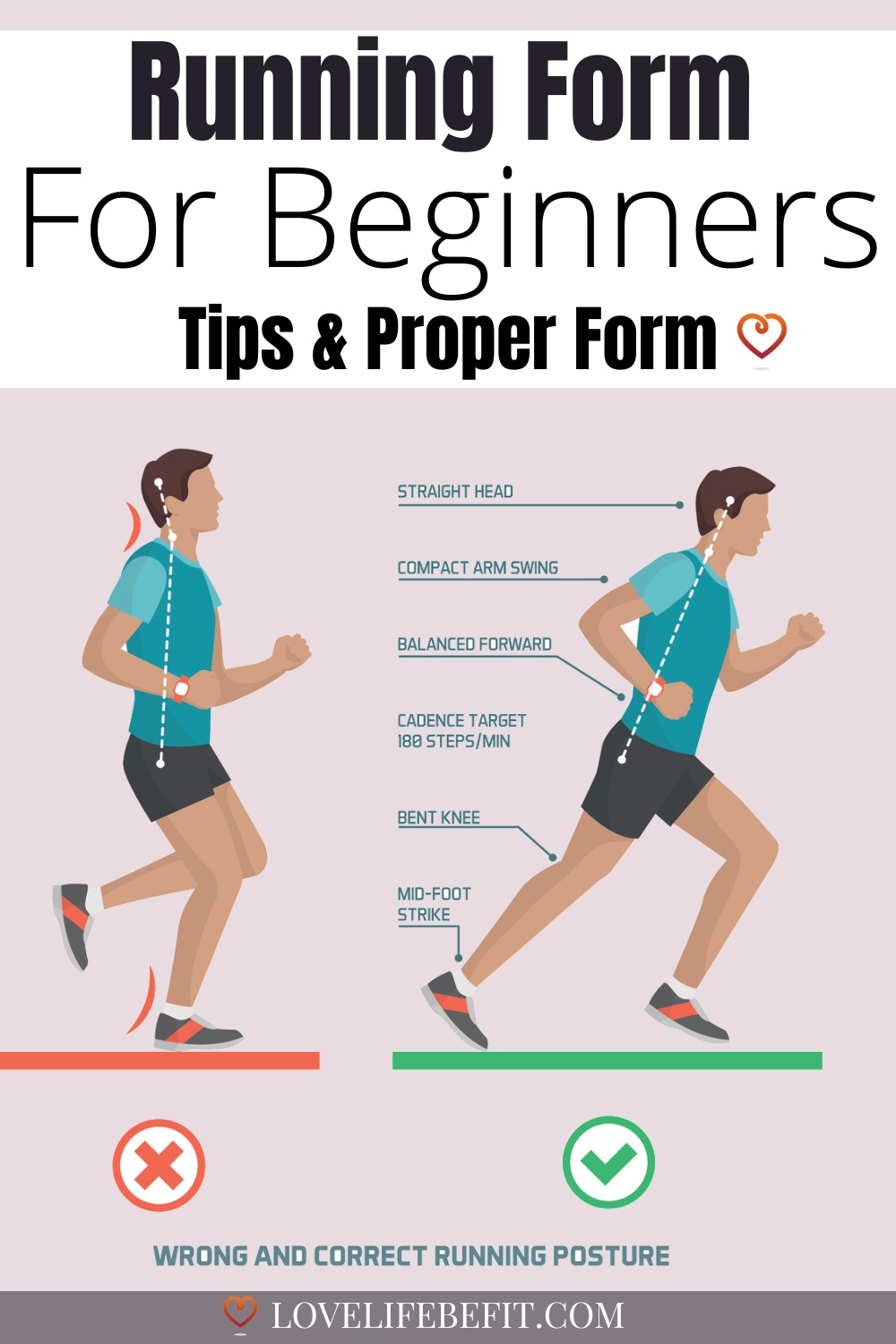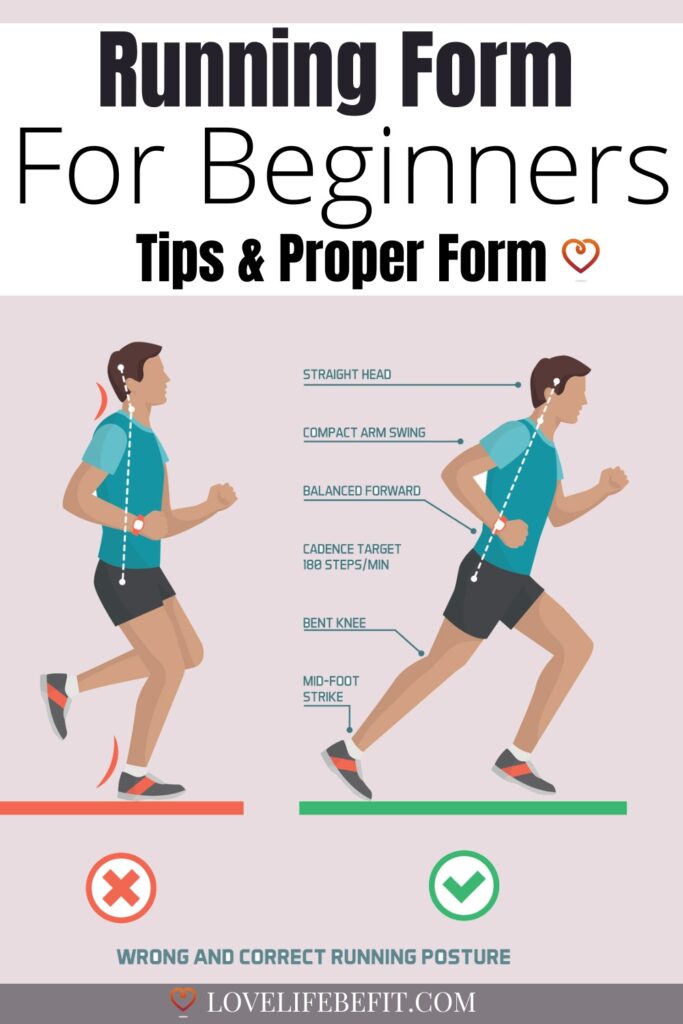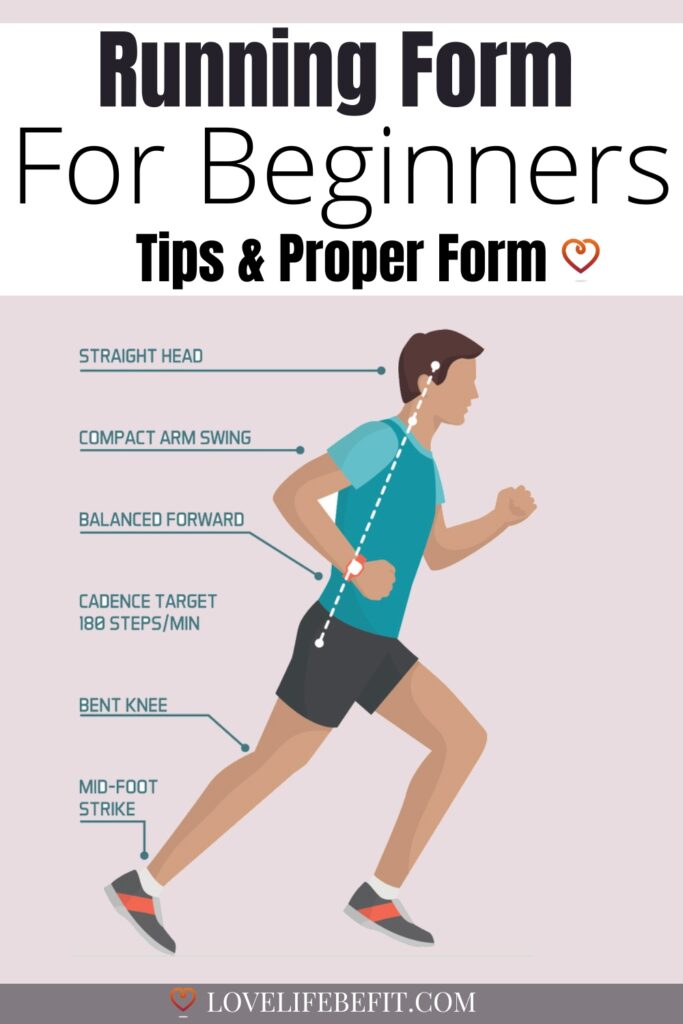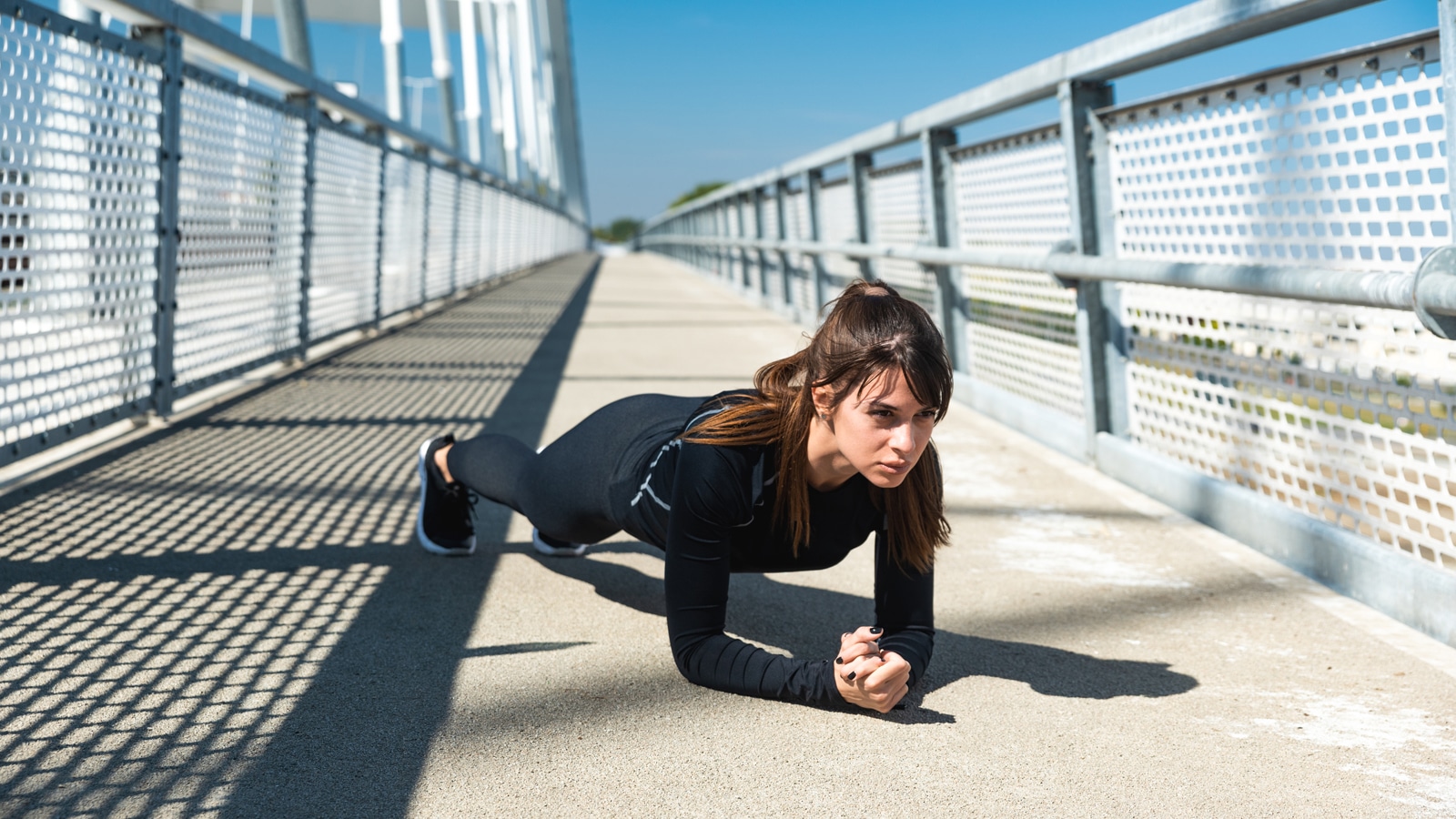9 Easy Ways To Improve Your Running Form For Beginners
In theory, everyone will benefit from improving their running form. It can be a way of reducing injury risk, and by improving your running technique, you can evolve into a better runner.
Over-striding, hunching over as you run, poor landing patterns, over-rotating your hips – these are all examples of poor running form.
A whole industry has grown up around “fixing” these running form issues. Improving your running technique is often seen as the cure-all answer to avoiding injuries.
It’s a seductive argument. Many, but not all, elite runners have excellent running form. If you want to be a better runner, try and emulate them! If only it were that easy…

Your Running Form Is Unique To You
We all have different shaped bodies, different muscle strengths, and our own unique style of running. Trying to copy your favorite runner’s running form is a bit like wishing for a different body. It’s not going to happen.
If It Ain’t Bust Don’t Try And Fix It
If you’ve been running for a few years and stayed injury-free, there’s really no need to focus on your running form.
Even if you’ve had major injuries, rule out other causes such as muscle imbalance and over-training, before pointing a finger at your running technique.
Trying to change your running form can mess with your ability as a runner. You could even end up as a less efficient runner.
If you’ve ruled out other causes and you still think your running form needs improving you can:
- get a friend to film you running,
- or better still hire a running coach.
For an experienced runner, adjusting your running form will take time and a lot of patience. You may well find your running suffers before it starts to improve. Changing your technique can expose imbalances and weaknesses.
Running Form For Beginner Runners
If you’re a beginner runner, your running style will be less hard-wired. Whereas children instinctively know how to run, adults who take up running often seem to have lost that natural instinct.

Here are our running form tips for beginner runners:
#1 Run Tall
Keep upright and don’t slouch. Bending forward at the waist will lead to back problems and will make your running less efficient.
Imagine there’s a straight line running through your legs, pelvis, trunk, neck, and head. Your body is aligned.
#2 Look Ahead
This tip will help with running tall. Keep your eyes focused 10 to 20 feet ahead. You don’t need to look at your feet to avoid stumbling on uneven ground. This tip works really well when you’re running fast downhill on a trail run.
#3 Keep Your Chin Tucked In
Sticking your chin up will strain your neck muscles and break your perfectly aligned body. It’s a common cause of neck pain.
#4 Use Your Arms
When my guy started running he used to just let his arms hang alongside his body like a dead weight. When I suggested he used his arms, surprise, surprise, he started running a lot faster.
Find a natural arm swing. Arms relaxed, shoulders down. Your arms will be bent at roughly 90 degrees. I find it varies depending on how fast I’m trying to run.
#5 Relax Your Hands
Running with your fists clenched – yes some people do – strains your neck muscles and impacts your ability to run freely. Even when your fists aren’t completely clenched, you may find some strain in your hands, particularly on longer runs.
A top tip is to shake out your hands and arms from time to time, especially on longer runs.
#6 Engage Your Core Muscles
Strong abdominal muscles will support your spine and reduce the impact on your body when you run. Keeping your core tight and your spine straight will help you power through your runs.
#7 Make Your Hips And Glutes Do The Work
Although you’re stacking your body inline, you do need to tilt forward slightly to get momentum. You also want to make sure your hips and glutes are doing most of the work.
Your hips should be forward. There’s a tendency to sag at the hips when you get tired – sitting back slightly which makes your running less efficient. Instead, be conscious of keeping your core engaged and your hips up and forward.
#8 Cadence
A lot of problems runners face have come from a low cadence. Cadence is your step rate. The number of steps you’re taking per minute. You need to aim for at least 170 steps per minute.
Your cadence will change depending on the terrain or how fast you’re running. Measure your cadence on an easy run as a starting point. If it’s less than 170 work at improving it.
#9 Land With Your Feet Underneath Your Body
There’s lots of confusing talk about heel striking versus mid-foot striking when it comes to running form. While aggressive heel striking, (where you slam your full weight down on your heel), is bad for you, it’s wrong to rule out all heel striking.
A proprioceptive heel strike is when you first make contact with the ground with the heel, but your body weight doesn’t fully come down until the foot is flat. This is a common running style with many elite athletes.
What’s important is avoiding over-striding and the best way to do this is to make sure you land with your feet underneath your body. If you’re running with a good cadence, 170 or more, this should happen naturally.
Running Form For Experienced Runners
The tips for beginner runners will also apply to more experienced athletes. It’s just important to note messing with your running form has its pitfalls.
Sometimes you can start overthinking your running form and lose track of what works for you.
If you’re working on speed, and strength, and making sure you have a good range of movement in your hip flexors, your running forming will improve as you become a better runner.
Jason Fitzgerald has some of the most sensible advice I’ve found:
Thoughts From Love Life Be Fit
I like the if it ain’t bust don’t fix it approach to running form. Provided you have a good cadence, you’re on route to running with good form. Speed drills and runner-specific strength building will help. Working on muscle imbalances is the best way to avoid injury.









